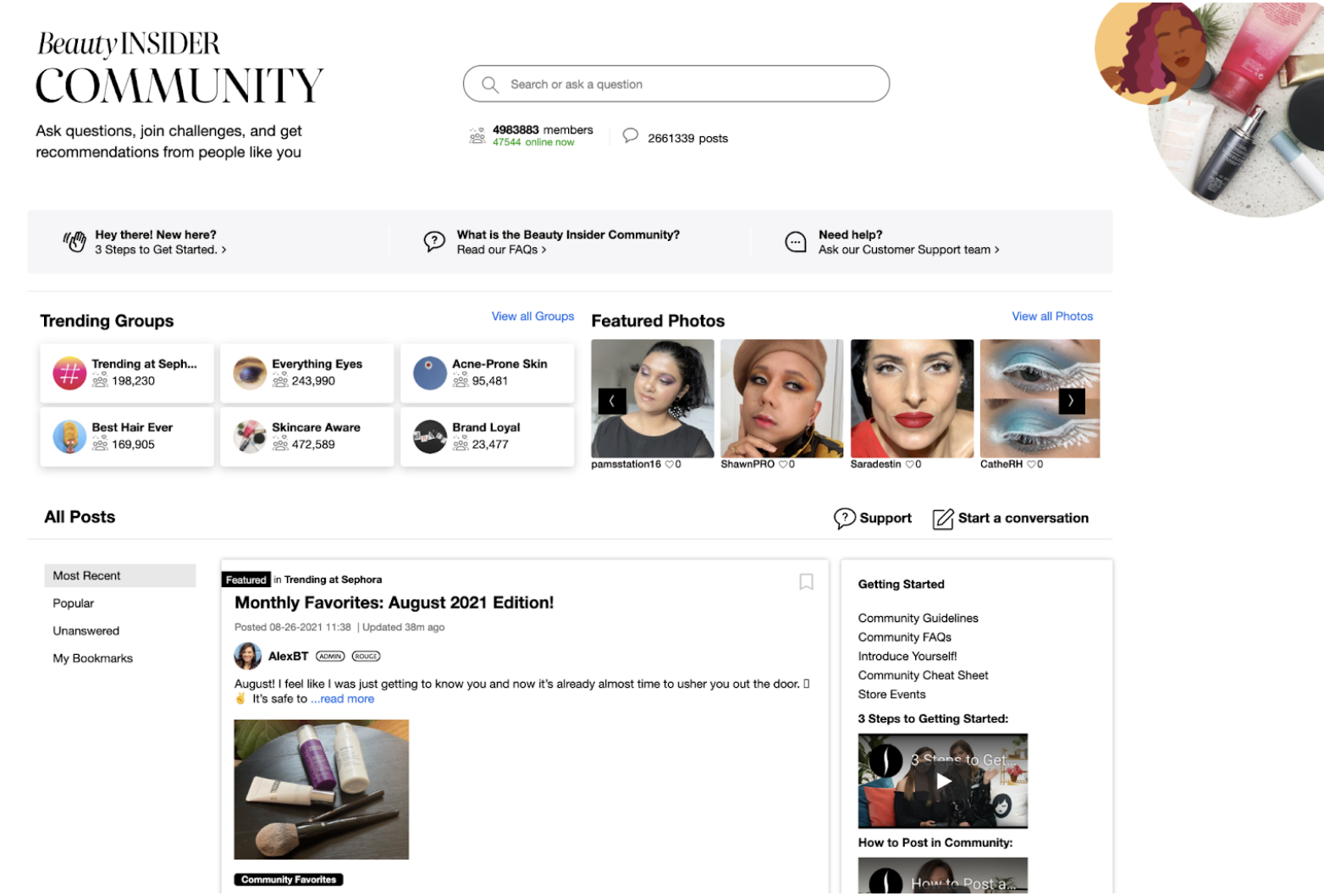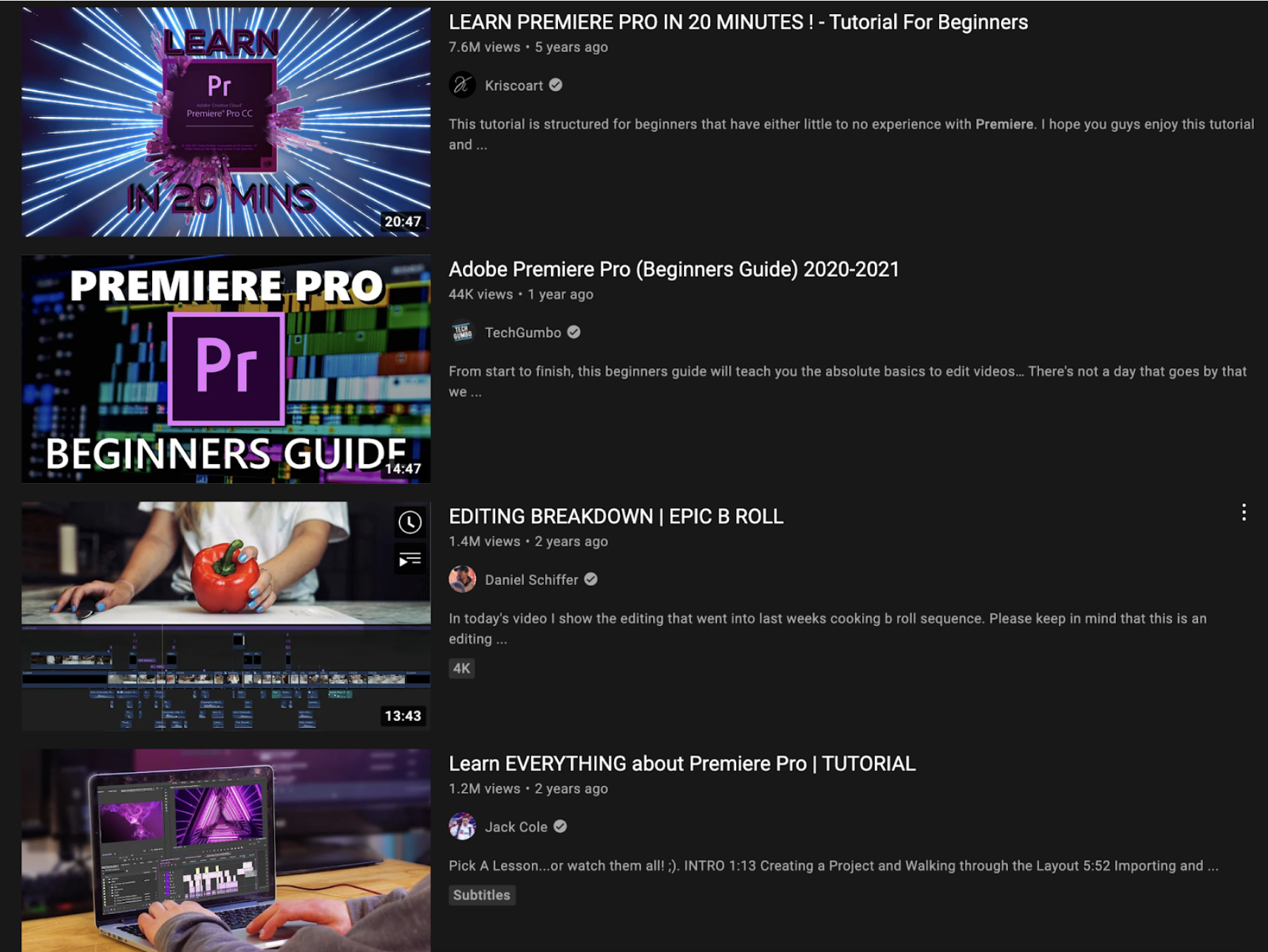What is a go-to-community strategy and why do you need one?

In a recent blog for Andreesen Horrowitz titled Community ≠ Marketing: Why We Need Go-to-Community, Not Just Go-to-Market, Orbit CEO Patrick Woods makes the case that for brands preparing to launch new products, having a “go-to-community” (GTC) strategy is every bit as important as having a go-to-market strategy.
In the course of hundreds of conversations with business leaders seeking to build and define brand communities, Woods has found that common difficulties involved in establishing community include underinvestment, a lack of internal alignment, and a profound misunderstanding of the nature of community––causing many community programs to fail.
However, by far, the biggest obstacle he sees is their lack of a unified go-to-community strategy:
“Too much of the discourse around community has focused on either high-level concepts (like empathy and belonging) or on the tactical aspects of community management (such as job titles or channels).”
What is community?
While there are many different types of communities––Woods gives communities of product, communities of practice, and communities of play as examples––the key factor to consider when mapping a go-to-community strategy is what motivates community members to participate.
Community marketing, then, is marketing to your specific community. Your community marketing strategy will depend on who your users are, and how well you can target them.

Your app is where users connect.
At the core of Woods’ argument is this: community building is not marketing.
As such, community building should not be lumped in with marketing in a company’s go-to-market plan.
Instead, he advises companies to invest the time and resources to develop a community strategy in parallel with their larger go-to-market strategy.
All too often, community programs are “co-opted” by other teams’ goals and measured using business metrics like the number of leads generated or a reduction in the number of support tickets. However, a successful community has a far wider-reaching impact than driving awareness and generating leads.
While there will inevitably be some overlap between the marketing department’s goals (conversion, growth, retention) and community’s outcomes, Woods argues that a go-to-community strategy should have a singular goal: creating value for users.
Traditional go-to-market strategies tend to think of user acquisition as a linear “funnel” that draws leads through the stages of awareness and discovery to evaluation, engagement, conversion/sales, loyalty, and advocacy while extracting value at each stage.
In contrast, a go-to-community strategy aims to create an environment that is so compelling or appealing that it naturally attracts people to its center. Woods describes this as quality as “gravity.” A high-gravity community is one that succeeds at organically drawing in and retaining members, and a successful go-to-community strategy is one that establishes and maintains this gravity by creating value while tying the benefits of community membership to the company’s objectives.
As Woods adroitly remarks, “you can’t force a flower to grow, but you can create the ideal context for its growth.”
Advantages of a robust community strategy
Woods argues that a go-to-community strategy makes it easier for companies to build
“positive-sum relationships beyond just sales” and transforms the (often fairly cynical) conception of community as something transactional and company-centric into something more meaningful and focused on delivering real value.
This, in turn, impacts every aspect of the organization:
Community helps to drive awareness, adoption, and retention
Communities now serve as “pre-sales.” They organically drive self-qualification, answering frequently asked questions, and resolving objections.
Current users talking to prospective users online serve as product ambassadors and educators, driving awareness by sharing tips, best practices, and “product hacks.”
Sephora, one of the largest beauty retailers in the world, has invested heavily in their brand community of makeup enthusiasts. They’ve chosen to prioritize community features front and center in their mobile app. Members share their favorite products and beauty tips with fellow members, and stay informed about latest trends, discover new brands and join online events.

Consider Adobe Creative Cloud products like Lightroom and Premiere. Many of these apps’ power users are creators (photographers, YouTubers) with their own audiences (or communities, if you will) who frequently ask them for help and guidance, resulting in user-generated content like walk-through tutorial videos.

Community can reduce risk in your GTM strategy
The content and conversations that arise from your community will reveal their needs and priorities, as well as which features they value and which features they struggle with.
If you’re connecting with your community and paying attention, you have access to information that can have a significant impact on your broader go-to-market strategy.
A GTC strategy helps to leverage insights gained from community feedback by sharing them with your product, marketing, and sales teams. Listening to community feedback allows you to focus on the right pain points and features, both in marketing materials and in your product or feature roadmap. This attention to user needs fosters user loyalty and improves retention.
A go-to-community strategy can help with alignment
A go-to-community strategy helps to define the relationship between value creation (creating the “gravity” that draws community members) and value capture (user acquisition), who is responsible for what, and how these roles feed into each other.
Looking at community through the lens of value capture (as marketing often does) can skew your perspective and expectations, whereas having a strategy and resources dedicated to creating value makes it easier to distinguish between company assumptions and real user priorities.
The reality is that in order to be truly product-centric, you have to be community-centric.
Where to begin: How to build a GTC strategy
While there’s no go-to-community playbook as yet, Woods helpfully provides some questions to help companies arrive at a more concrete concept of go-to-community and get the ball rolling:
- Who is in our community and why are they here? Who is not in the community?
- What value will we create for the community, regardless of whether they are paying customers?
- What value will the members provide each other?
- How will we listen, talk to, and be directed by our customers?
- How and where will we deliver insights from these conversations to the rest of the company?
- How will we incentivize, recognize, and reward participation?
- What values and norms will we model and do we expect of the community?
- How can we make our community smarter, happier, wealthier? Through what programs, which channels?
Additional questions to consider include which platform(s) will your community will live on, how you will enforce your community standards (will you moderate interactions? How?), and which aspects of your community-building efforts you could outsource.
Why is community so important in today’s product landscape?
Today’s buyers are faced with endless choices, which means that businesses can’t rely on features and pricing alone to attract users. A thriving community driven by a strong “go-to-community” competency helps companies compete in this new world.
Beyond this, we think teams working on fast-growing products would be prudent to prioritize building community features into their own mobile apps, rather than outsourcing their community to 3rd-party platforms.










